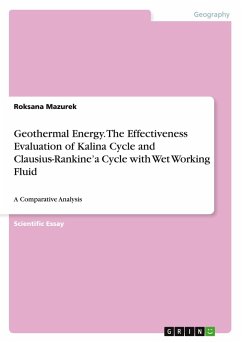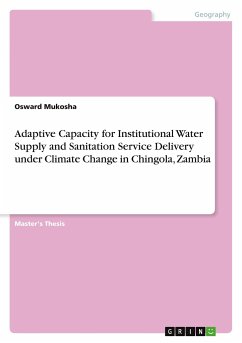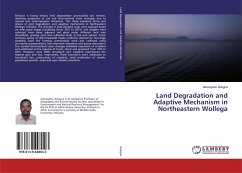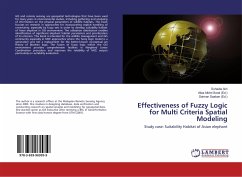Research Paper (undergraduate) from the year 2016 in the subject Geography / Earth Science - Miscellaneous, National Institute of Technology Karnataka, Surathkal, language: English, abstract: Contrast Limited Adaptive Histogram Equalization technique (CLAHE) is a widely used form of contrast enhancement, used predominantly in enhancing medical imagery like X-rays and to enhance features in ordinary photographs. This work is aimed to understand the effectiveness of using this technique in multispectral satellite imagery and to study its effectiveness in different regions of the electromagnetic spectrum. This work also aimed in analyzing variations of spatial and spectral resolutions of a sensor affect the performance of the CLAHE technique by means of comparing quantitative parameters of the enhanced images between the sensors. A new performance parameter called Degree of Contrast Enhancement (DCE) has also been formulated so as to quantify the amount of increase/decrease in contrast between the enhanced and original images on application of the CLAHE algorithm on it. A general idea of the feature that can be enhanced in each spectral region was also studied. The results showed that the technique was most effective for shorter wavelengths when compared to longer wavelength regions. A comparative study between the CLAHE technique and the conventional global histogram equalization technique resulted in the former technique emerging superior of the two and thereby reconstructed images of better quality.
Hinweis: Dieser Artikel kann nur an eine deutsche Lieferadresse ausgeliefert werden.
Hinweis: Dieser Artikel kann nur an eine deutsche Lieferadresse ausgeliefert werden.








